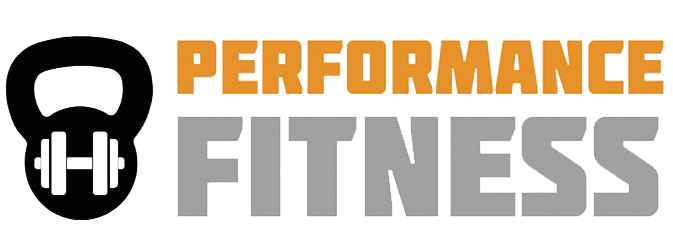Strength training? Standing around? Here’s why.
You’re in the middle of a strength workout. You’ve completed your exercises and now you’re waiting to record your number of pull-ups. Or we’re deadlifting and you’re waiting your turn on the barbell. Either way, you are standing there, not exercising. You’re a little worried that you’re not sweating, panting or burning calories. You might even be pissed. You pay good money to come here and work out.
Let me talk you down from the ledge.
The thing with strength training is that you spend as much if not more time recovering from your lift as you do performing the lift. At home when I train, I’ll spend as little as thirty seconds on a heavy single lift, then as much as two to five minutes between lifts. The reason for this wait time is recovery. If I go straight from heavy lift to heavy lift without a little lag time, my next lift won’t be as strong, my form won’t be as solid and there’s a better chance that I’ll injure myself.
If you are getting impatient, there’s a possibility that you’re simply not going heavy enough. If you feel that you can lift more but you’re scared, it might be a psychology thing rather than a physical capability thing. Try ONE rep. Have an trainer there to spot you.
If you’re not going heavy enough because you’re afraid of injury or re-injury, then an intense bout of burpees or other high-intensity cardio moves between your strength work won’t protect you from injury—it will make you more susceptible. The better option might be to perform a plank hold, or a hollow body hold while you wait. Get that core lit up, because you use it in every heavy lift, and the stronger your core, the happier your back will be. If you’re thinking, well, why didn’t you tell me this when I was waiting around? It’s because by the time you voiced your concern, it was your turn to lift. You know I heart you.
Strength is a skill you learn, the same way that playing the piano is a skill. You practice your skill over time, getting a little better and a little better until you surprise yourself by performing your first unassisted pull-up or deadlifting twice your bodyweight. This means that in between practice sessions, you do some thinking. You might realize that if you grip the bar a little harder, or set your stance slightly wider, you’ll feel more solid and able to do better.
So we pay a lot of attention to form when we lift heavy. The more skilled we are at lifting, at body-awareness, at knowing how to set our hips and tense our muscles in anticipation of our lift, the better our form, the stronger our lift. The more focused we are on all our moving parts, from our armpits to the soles of our feet, the stronger we’ll be and the more weight we’ll be able to move. When you think about it this way, you can see why we wouldn’t want to rush.
When you’re strong, you’ll be better able to perform your conditioning skills as well. There’s a great quote I heard recently—“Don’t run to train. Train to run.”
This one resonated with me because I can run now, not because I go running, but because I strength train. I deadlift, squat, perform pull-ups, and kettlebell swings among many other skills. As a result, I can run three miles without wanting to cry.
My body composition is also the best it’s been, not from steady-state cardio, but from short bouts of heavy lifting, combined with short bouts of intense conditioning work, like kettlebell snatches, swings and complexes. I’ve practiced the same lifts for almost five years and the more I learn, the less I worry about not doing more cardio.
I agree though—It feels good to break a sweat. And you won’t always break a sweat when you grind out a handful of heavy lifts. I just want you to know that it’s okay. It’s okay to not huff and puff through an entire hour of class. It’s okay to stand there recovering now and again. You’ll be gaining strength AND skills while you do. You’ll also live to train another day because it’s not about working yourself to the bone until all you can do is lay on the couch.
None of this is to say that conditioning is not awesome. It’s the bee’s knees. But if conditioning is the colorful flower, strength is the roots. Without strength, your conditioning won’t be as rad, period. Strength is the foundation upon which all the other skills and moves are built. What’s more, it improves your fat loss goals and improves your proportions and silhouette.
Finally, ladies and gentlemen, after you strength train, you burn more calories at rest. This is called EPOC or excess post-exercise oxygen consumption. EPOC doesn’t happen nearly as much with steady state cardio. You burn calories while you jog for an hour, but when it’s over, so is the burn. Also, the stronger you are, the more lean muscle mass you will have. And the more lean muscle mass you have, the more calories you will burn simply…standing around.
Don’t forget your nutrition though. Fuel yourself properly, get strong, and be the sexy beast you were born to be.
See you at the gym!
